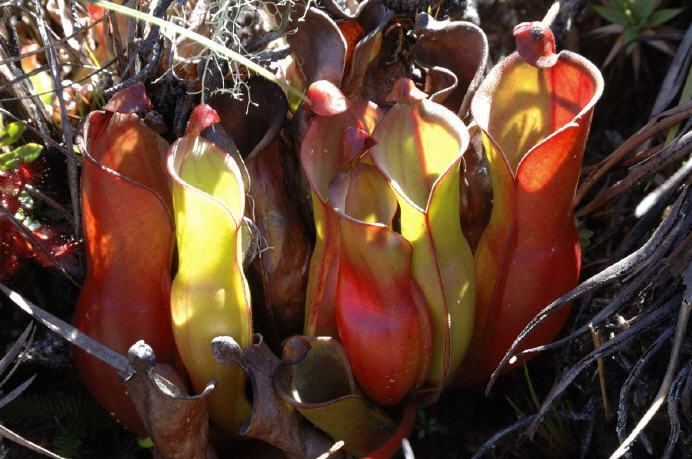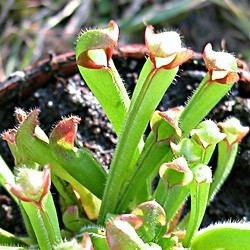Kingdom Plantae Rank Species | Genus Heliamphora Higher classification Heliamphora | |
 | ||
Similar Heliamphora, Heliamphora heterodoxa, Heliamphora minor, Heliamphora ionasi, Heliamphora tatei | ||
Heliamphora nutans (Latin: nutans = nodding) is a species of marsh pitcher plant native to the border area between Venezuela, Brazil and Guyana, where it grows on several tepuis, including Roraima, Kukenán, Yuruaní, Maringma, and Wei Assipu. Heliamphora nutans was the first Heliamphora to be described and is the best known species.
Heliamphora nutans was originally discovered in 1839 on Mount Roraima by the two brothers Robert and Richard Schomburgk, although they did not collect samples to return to Europe. The plant was formally described by George Bentham in 1840, becoming the type species of the genus. In 1881, David Burke was plant-hunting in the same area of British Guiana where he collected specimens of the plant and introduced it to England.
This species employs an 'aquaplaning' trapping mechanism similar to that of many tropical pitcher plants of the genus Nepenthes.

